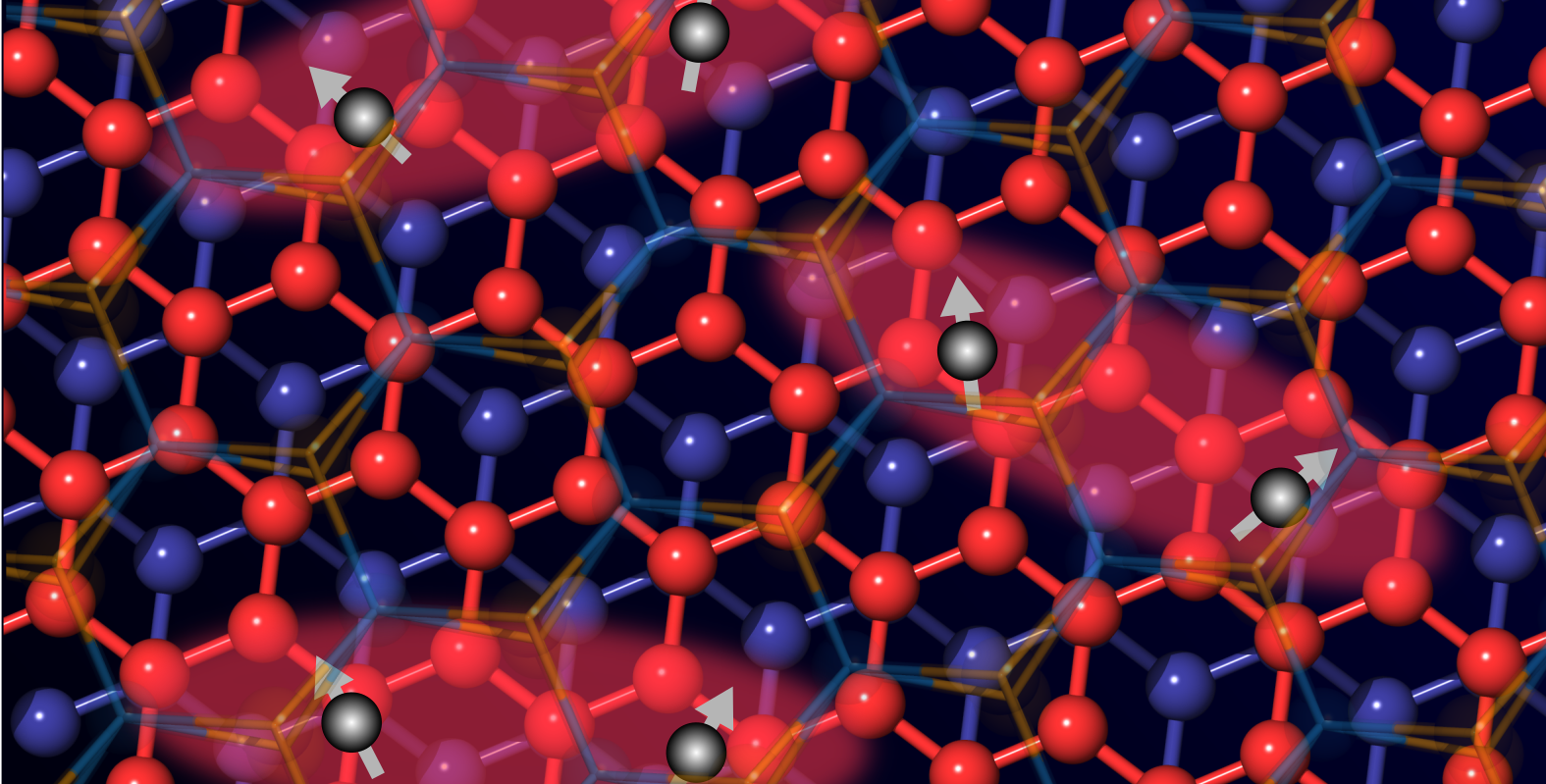Almost ten years ago, scientists announced the discovery of a new class of ultrathin materials that could compete with the exceptional optical and electrical characteristics of graphene, a type of carbon discovered in 2004 that fascinates both scientists and engineers.

Image Credit: Caltech Institute of Technology
Caltech engineers have demonstrated that one of these remarkable materials, tungsten diselenide, is not just a competitor but also an addition to graphene. The team has been successful in improving the electrical characteristics of graphene by incorporating tungsten diselenide into it.
In doing so, our understanding of superconductivity can be advanced, opening the door to developing more durable and highly tunable graphene-based superconductors.
To comprehend the significance of this development, it is beneficial to grasp what graphene is and why it is unique.
Graphene is a type of carbon that consists of a single layer of atoms organized in a lattice arrangement that resembles a honeycomb. Depending on how these sheets are aligned, when two or more of them are stacked on top of one another, the resultant material can have radically different electrical characteristics.
For instance, the resultant stack of two sheets of graphene can be either a superconductor that conducts electricity with zero resistance or an insulator that completely blocks the passage of electricity when the second sheet of graphene is “twisted” by just 1.05° (a value known as the “magic angle”) in relation to the sheet it is laid on top of. An external electrical field can be used to change between these radically different states.
Interestingly, research from 2022 demonstrates that superconductivity can exist in graphene bilayers that are not twisted.
Graphene bilayers that are not twisted are simpler to produce in large quantities than their twisted counterparts. Still, they are more fragile, more difficult to tune, and only reach the superconductive state at temperatures that are roughly a hundred times lower (such temperatures typically can only be achieved through the use of liquid helium).
Using tungsten diselenide, new research at Caltech demonstrates a means to significantly improve this fragile superconductivity.
Stevan Nadj-Perge, assistant professor of applied physics and materials science, and his team found that the untwisted graphene’s superconductivity is considerably enhanced by the addition of tungsten diselenide in this new study, which was published on January 11th, 2023, in the journal Nature. Significantly, a factor of ten is added to the superconducting critical temperature or the highest temperature at which the material can superconduct.
Tungsten diselenide imparts the advantages of the “magic angle” twist to the more easily mass-produced untwisted graphene by being in close proximity to it. This discovery offers new insight into superconductivity’s nature and offers ideas for improving superconductivity in other related graphene-based materials.
These graphene bilayer devices are remarkably tunable. For example, by applying electric fields, we can add or remove electrons from the bilayer as well as push them toward and away from tungsten diselenide. This allowed us to carefully study the enhancement of superconductivity in the system.
Stevan Nadj-Perge, Study Corresponding Author and Assistant Professor, Applied Physics and Materials Science, Caltech Institute of Technology
Nadj-Perge added, “The high level of tunability opens up possibilities for future applications. "One of the main advantages of untwisted graphene superconductors compared to their twisted counterparts is that they are much cleaner in terms of disorder and defects, and technically much easier to fabricate. That implies these structures may be more suited for applications where one would need to make many identical copies of the same device architecture.”
The study co-authors include Jason Alicea, William K. Davis Professor of Theoretical Physics; Caltech graduate students Yiran Zhang, lead author, and Robert Polski (PhD ’22); Alex Thomson former Caltech postdoc, now an assistant professor at UC Davis; Étienne Lantagne Hurtubise, Moore Postdoctoral Scholar Research Associate in Theoretical Physics at Caltech; Cyprian Lewandowski, former Caltech postdoc, now an assistant professor at Florida State University; Haoxin Zhou, postdoctoral scholar research associate in applied physics and materials science; and Kenji Watanabe and Takashi Taniguchi of the National Institute for Materials Science in Japan.
The National Science Foundation, Office of Naval Research, Army Research Office, Department of Energy, Kavli Nanoscience Institute, Institute for Quantum Information and Matter at Caltech, Walter Burke Institute for Theoretical Physics at Caltech, Sloan Foundation, and Gordon and Betty Moore Foundation provided funding for this study.
Journal Reference:
Zhang, Y., et al. (2023) Enhanced superconductivity in spin–orbit proximitized bilayer graphene. Nature. doi:10.1038/s41586-022-05446-x.